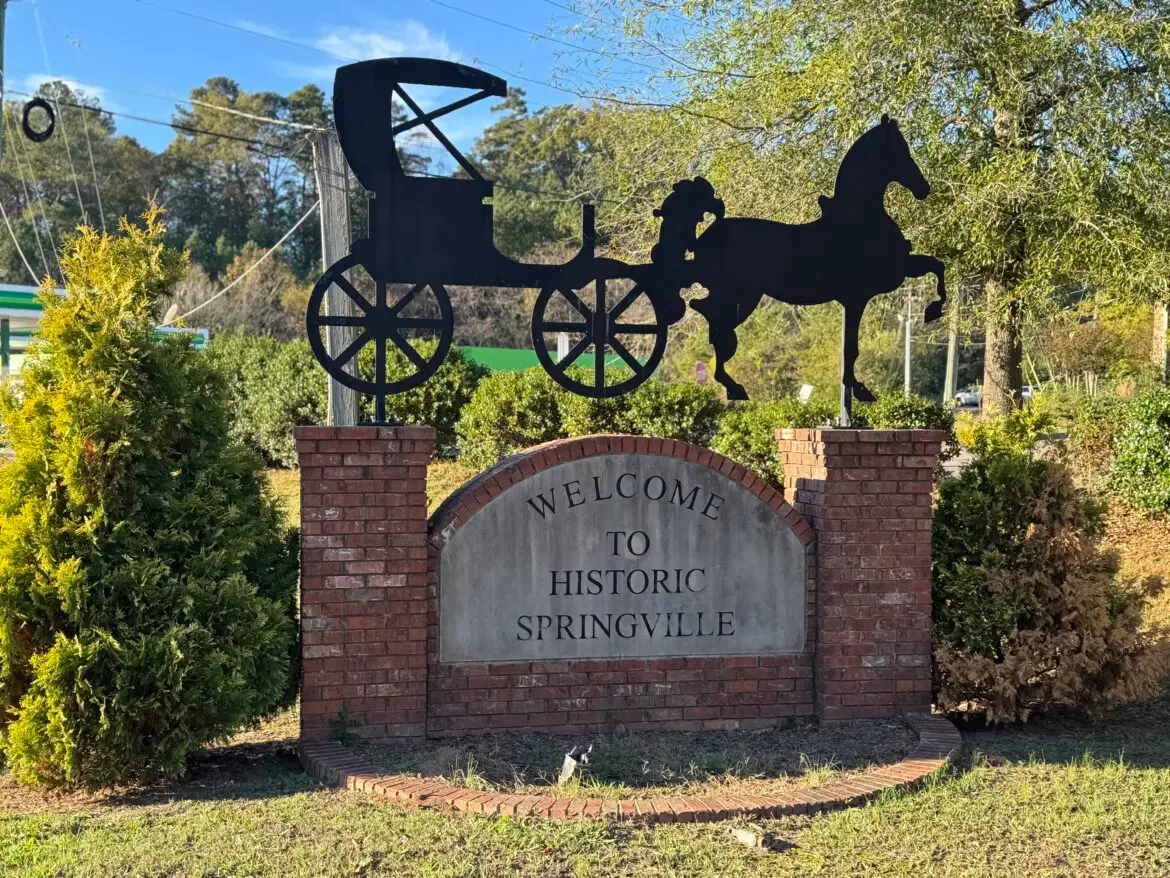Introduction
Springville, Alabama, is a town steeped in history and tradition, nestled in St. Clair County. While its population and geography may seem modest compared to larger cities, its story is a compelling narrative of transformation, resilience, and community. From its early days as a Native American crossroads to its modern-day charm, Springville’s evolution reflects the broader patterns of American development. This article delves deep into Springville’s history, from its origins and name changes to its defining moments and landmarks that continue to tell its story.
Early Beginnings: The Foundations of Springville
The Name Journey: Big Springs, Pinkhill, and Finally Springville
Springville wasn’t always called by its current name. The area was initially known as Big Springs, aptly named for the abundance of freshwater springs that served as vital resources for Native Americans and early European settlers alike. These springs created a natural stopping point, making the area a hub for travel and settlement.
In 1833, when the first post office was established, the town’s name was changed to Pinkhill, reportedly after the vibrant pink blooms found in the region. However, the name didn’t stick for long. By December 1834, the town was officially renamed Springville to honor its original hallmark—the springs. This progression of names reflects the community’s connection to its natural landscape and early development.
Indigenous Roots and the Arrival of Settlers
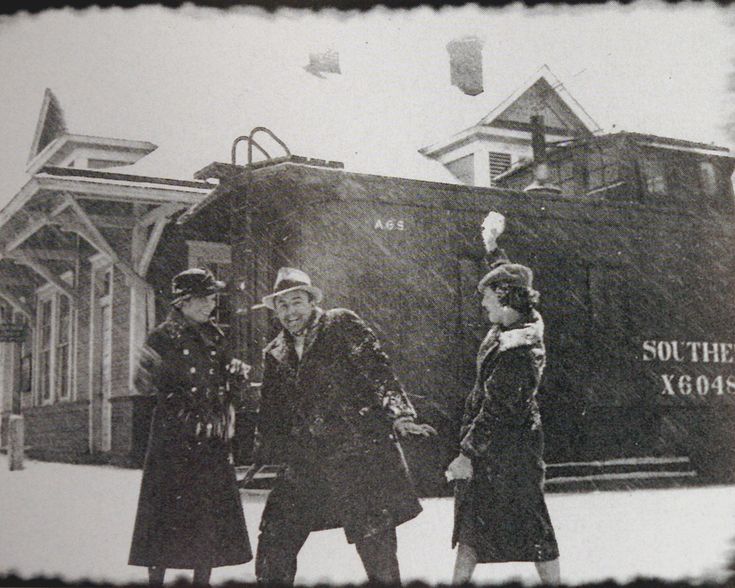
Before European settlers arrived, the land that is now Springville was home to the Muscogee (Creek) Nation, who utilized the region’s natural resources. They thrived on the fertile soil and abundant springs, creating a sustainable lifestyle deeply tied to the land. Their influence can still be felt in the area, from place names to cultural imprints.
European settlers began arriving in the early 1800s, drawn by the region’s natural beauty and agricultural potential. They established farms, built log cabins, and began shaping the community that would eventually become Springville. By the 1820s, it had become a small but growing settlement.
The Role of Key Figures in Springville’s Growth
Springville’s development has been significantly influenced by several notable individuals whose contributions have left lasting impacts on the community.
John A. McWane: Visionary Leadership
One of Springville’s earliest and most influential figures was John A. McWane, the town’s first mayor after its incorporation in 1887. McWane’s leadership set the tone for the town’s governance and development, fostering a sense of organization and community spirit.
William A. McDonald: Agriculture Pioneer
Another prominent figure was William A. McDonald, a major landowner and early advocate for agricultural innovation. His contributions helped establish farming as the backbone of Springville’s economy, laying the groundwork for a thriving agricultural community.
Marcus Harvey Pearson: Inventor and Entrepreneur
Born on August 2, 1879, in Springville, Marcus Harvey Pearson was a man of innovation and enterprise. At the age of 26, he secured his first patent, demonstrating his inventive spirit early on. Pearson’s creations, including devices that facilitated the construction of wire fences, were particularly beneficial to farmers and herdsmen, streamlining agricultural practices in the area. Beyond his inventions, he was a successful entrepreneur, establishing the Pearson Lumber Co. and Sawmill, a grocery store, and a gristmill, thereby contributing to the town’s economic growth.
Marcus Milton Pearson: Civic Leader and Businessman
Following in his father’s entrepreneurial footsteps, Marcus Milton Pearson (1922–1996) played a pivotal role in Springville’s mid-20th-century development. As the owner and operator of Pearson Lumber Company and Springville Hardware Company, he provided essential services and materials that supported local construction and development projects. His leadership extended to public service; he served as the mayor of Springville, where he was instrumental in initiating and overseeing various community projects that enhanced the town’s infrastructure and quality of life.
Aubrey Willis Williams: Advocate for Youth and Education
Aubrey Willis Williams (1890–1965), born in Springville, was a prominent figure in national politics and education. As the head of the National Youth Administration during the New Deal era, he was dedicated to providing educational and employment opportunities for young Americans during the Great Depression. His efforts not only impacted the nation but also brought attention to the importance of youth development in his hometown.
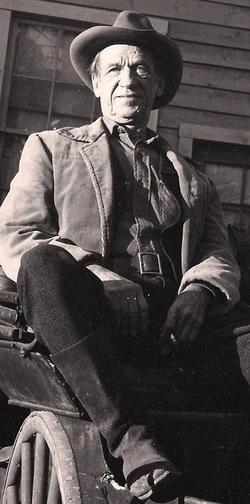
Hank Patterson: Cultural Contributor
Born in Springville in 1888, Hank Patterson became a well-known actor and musician, best remembered for his role as Fred Ziffel on the television series “Green Acres.” His success in the entertainment industry brought a touch of Hollywood to Springville, highlighting the town’s cultural contributions beyond its borders.
These leaders, along with countless other residents, played crucial roles in shaping Springville’s early identity as a forward-looking, industrious town.
The Railroad and Economic Expansion
Transforming a Farming Community
The arrival of the Alabama and Chattanooga Railroad in the 1870s marked a turning point for Springville. Connecting the town to larger cities like Birmingham, the railroad facilitated trade and commerce, making Springville a vital hub for transporting goods, particularly agricultural products like cotton and corn.
Diversifying the Economy
The railroad also brought new industries to Springville. Lumber mills, general stores, and other small businesses began to sprout up, diversifying the local economy. By the late 19th century, Springville was no longer just a farming community—it had become a bustling small town with a growing population.
Historical Landmarks and Architecture
Victorian Elegance: Springville’s Historic Homes
Springville’s history is beautifully preserved in its historic district, which includes several Victorian-era homes. Among these, Queen Anne-style houses stand out for their intricate designs and vibrant details. The district’s architecture reflects the town’s prosperity during the late 19th and early 20th centuries.
The Springville Community Center
One of the most prominent landmarks in town is the Springville Community Center, which has served as a gathering place for generations. Built in the mid-20th century, it became a focal point for civic and social events, reinforcing the town’s sense of community.
Churches and Schools
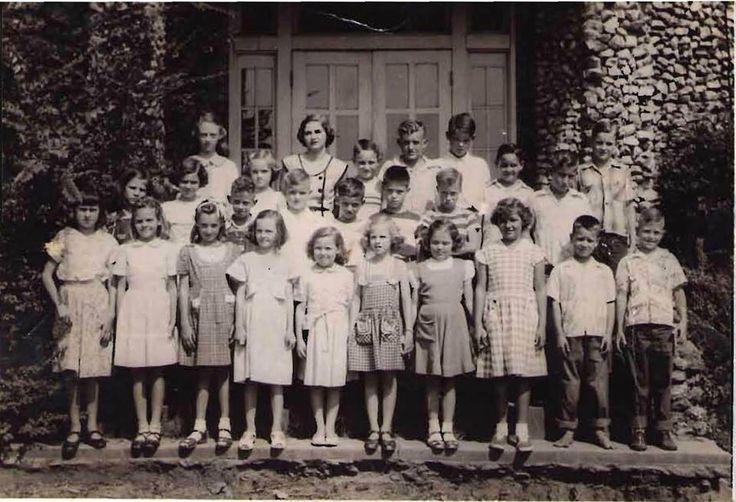
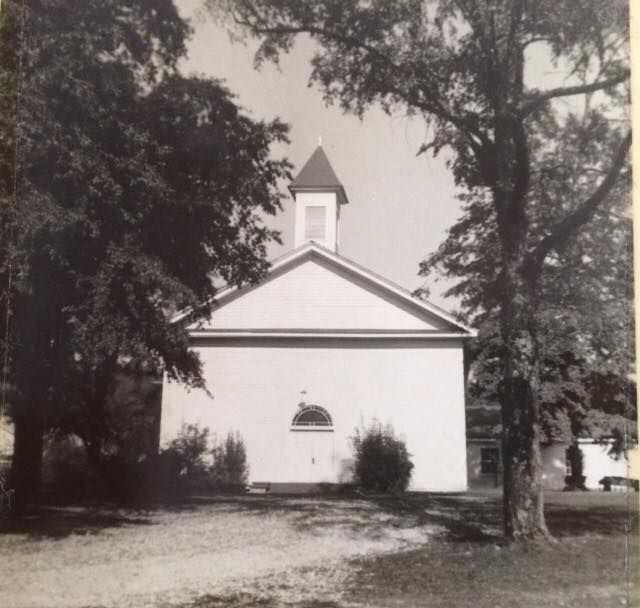
Springville is also home to historic churches and schools that have played significant roles in its development. The first school, established in 1861, evolved into Springville High School by 1873, emphasizing the community’s commitment to education.
Cultural Developments and Community Spirit
Agriculture and Social Life
In the 19th century, agriculture wasn’t just an economic activity—it was central to Springville’s social life. Agricultural fairs were major events, showcasing local produce, livestock, and crafts. These fairs brought the community together, fostering a strong sense of camaraderie and pride.
Festivals and Celebrations
Over time, Springville developed a tradition of hosting annual festivals, parades, and other events that celebrated its history and culture. These gatherings continue to draw residents and visitors alike, offering a glimpse into the town’s vibrant community spirit.
Springville Through the 20th Century
The Impact of World Wars
World War I and World War II deeply affected Springville, as many of its young men joined the military, and the community rallied to support them. The post-war periods brought industrialization and suburbanization, reshaping the town’s demographics and economy.
Preservation Efforts
As the 20th century progressed, Springville began to take pride in preserving its historical sites and traditions. Efforts by groups like the Springville Preservation Society, formed in 1992, have been instrumental in maintaining the town’s unique character.
Modern Springville: Balancing Growth and Tradition
Springville, Alabama, has adeptly navigated the complexities of modern development while preserving its rich historical heritage. This balance is evident in the town’s economic diversification, community engagement, and commitment to maintaining its unique character.
Economic Diversification
Historically rooted in agriculture, Springville has expanded its economic base to include sectors such as retail, healthcare, and light manufacturing. The development of the Riley Farm Commerce Park, the county’s first rail-served industrial park, exemplifies this shift. Supported by a $2.1 million SEEDS grant, this initiative is projected to create up to 1,500 jobs, significantly boosting the local economy.
Additionally, the construction of The Depot, a 60,000-square-foot multi-use facility on U.S. Highway 11, reflects Springville’s commitment to fostering business growth and community development. Scheduled to open in the fall of 2025, The Depot will offer spaces for physical fitness, education, arts, and worship, catering to a wide range of community needs.
Community Engagement
Springville’s vibrant community spirit is showcased through various events and festivals that celebrate its heritage and foster unity. The annual Homestead Hollow Arts & Crafts Festival is a notable example, featuring handmade crafts, demonstrations of pioneer skills, and live entertainment. This festival not only honors the town’s history but also supports local artisans and attracts visitors from across the region.
Another significant event is the Big Canoe Creek Jam, which marks the opening of the Big Canoe Creek Nature Preserve. This celebration underscores the community’s dedication to preserving natural spaces and promoting outdoor activities, aligning with Springville’s commitment to environmental stewardship.
Preservation of Historical Character
While embracing growth, Springville remains dedicated to preserving its historic character. The town’s historic district, listed on the National Register of Historic Places, features Victorian-era homes and commercial buildings that reflect its architectural heritage. Efforts by organizations like the Springville Preservation Society have been instrumental in maintaining these landmarks, ensuring that the town’s history remains a visible and integral part of its identity.
Conclusion: A Legacy of Resilience and Unity
Springville, Alabama, is more than just a small town—it’s a living testament to the resilience and ingenuity of its people. From its early days as Big Springs to its transformation into a thriving hub of commerce and culture, Springville’s history is a rich tapestry of growth, perseverance, and community spirit. By preserving its past and embracing its future, Springville continues to inspire both residents and visitors, proving that history is not just something to remember but something to celebrate.
References:
- Encyclopedia of Alabama: Springville History
- Wikipedia: Springville Historic District
- Springville Preservation Society: Official Website
- Riley Farm Commerce Park: Trussville Tribune
- Homestead Hollow Arts & Crafts Festival: Homestead Hollow
- Big Canoe Creek Jam: Bham Now
- SPriNgViLLe~ReWOunD: Pinterest

